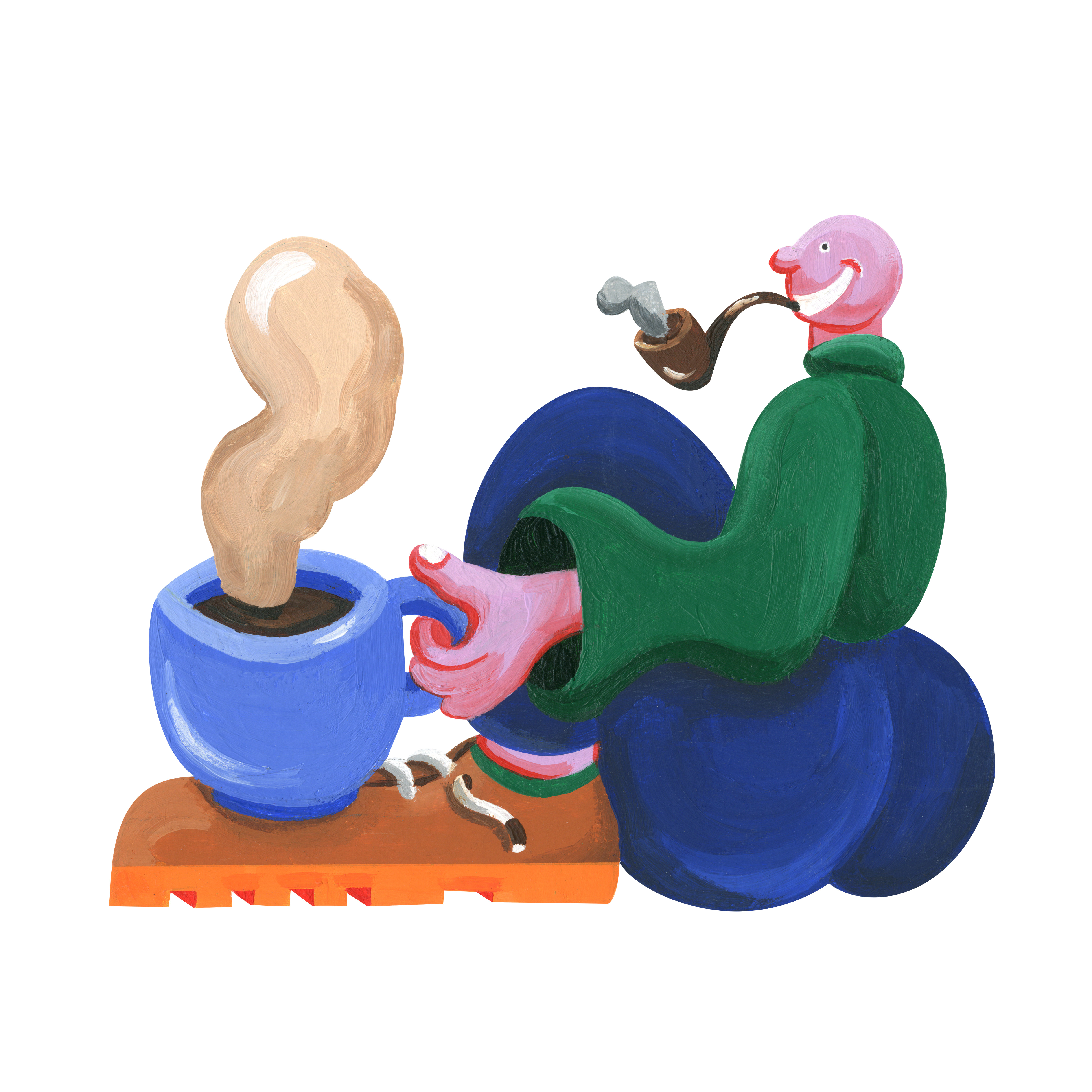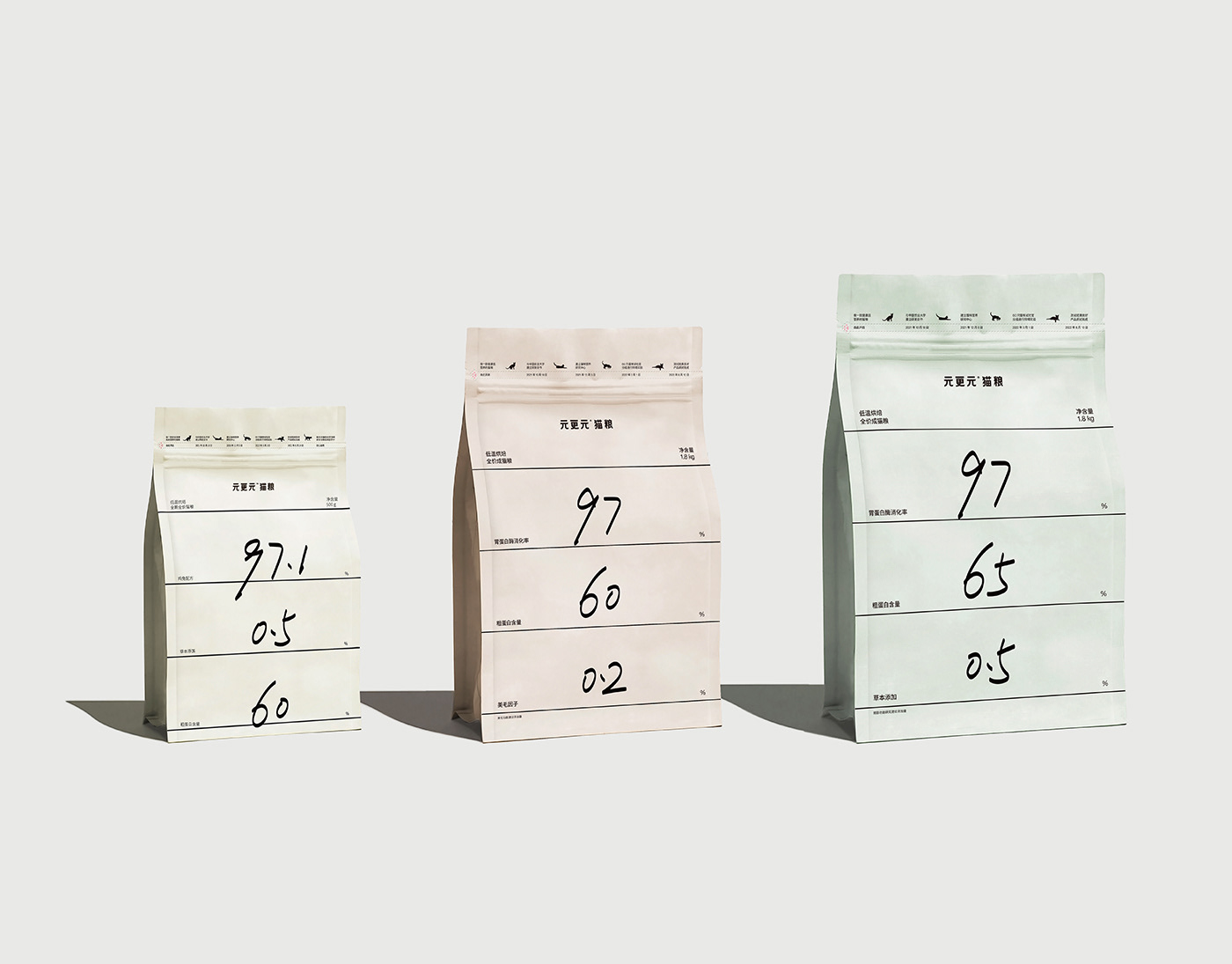36 Days of Type 22 — India


























36 Days of Type is a project that invites designers, illustrators and graphic artists to express their particular interpretation of the letters and numbers of the Latin alphabet.
A yearly open call exploring the creative boundaries of letterforms, where participants are challenged to design a letter or number each day for 36 consecutive days, as a global and simultaneous act showing the outcome of the ability to represent the same symbols from thousands different perspectives.
A project that aims to be a space for creation around typography and its endless graphic possibilities.

— a·hiṃ·sā • अहिंसा — by @mrglissi
»The word Ahimsa is derived from the Sanskrit root hiṃs, meaning to strike; hiṃsā is injury or harm, while a-hiṃsā, its opposite, is non-harming or nonviolence.«
»The word Ahimsa is derived from the Sanskrit root hiṃs, meaning to strike; hiṃsā is injury or harm, while a-hiṃsā, its opposite, is non-harming or nonviolence.«

— Banyan Tree • Ficus benghalensis — by @mrglissi
»A banyan, also spelled "banian", is a fig that begins its life as an epiphyte, i.e. a plant that grows on another plant, when its seed germinates in a crack or crevice of a host tree or edifice. "Banyan" often specifically denotes Ficus benghalensis (the "Indian banyan"), which is the national tree of India.«
»A banyan, also spelled "banian", is a fig that begins its life as an epiphyte, i.e. a plant that grows on another plant, when its seed germinates in a crack or crevice of a host tree or edifice. "Banyan" often specifically denotes Ficus benghalensis (the "Indian banyan"), which is the national tree of India.«

— Currency • Indian rupee — by @mrglissi
»The Indian rupee ₹ is the official currency of India. The rupee is subdivided into 100 paise (singular: paisa), though as of 2019, coins of denomination of 1 rupee is the lowest value in use.
In 2010, a new rupee sign was officially adopted. It was derived from the combination of the Devanagari consonant "र" (ra) and the Latin capital letter "R" without its vertical bar.«
»The Indian rupee ₹ is the official currency of India. The rupee is subdivided into 100 paise (singular: paisa), though as of 2019, coins of denomination of 1 rupee is the lowest value in use.
In 2010, a new rupee sign was officially adopted. It was derived from the combination of the Devanagari consonant "र" (ra) and the Latin capital letter "R" without its vertical bar.«
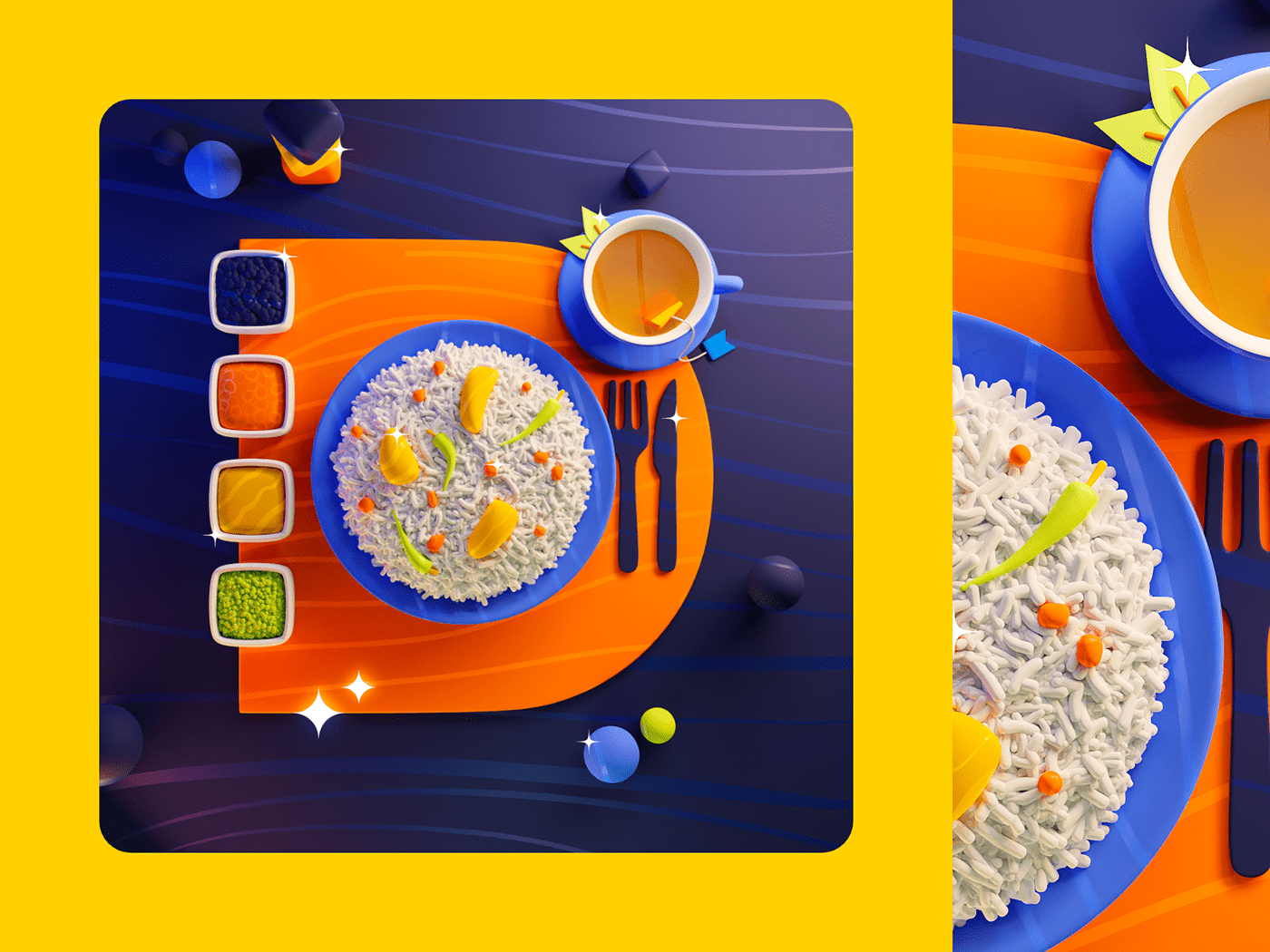
»Biryani (/bɜːrˈjɑːni/) is a mixed rice dish originating among the Muslims of the Indian subcontinent. It is made with Indian spices, rice, either with meat (chicken, beef, goat, lamb, prawn, fish), or eggs or vegetables such as potatoes.«

»The Indian elephant (Elephas maximus indicus) is one of three extant recognised subspecies of the Asian elephant and native to mainland Asia.«

— (National) Flower • Lotus — by @mrglissi
»Nelumbo nucifera, also known as Indian lotus, sacred lotus, or simply lotus, is one of two extant species of aquatic plant in the family Nelumbonaceae. It is sometimes colloquially called a water lily, though this more often refers to members of the family Nymphaeaceae.«

— गांधी • Mahatma Gandhi — by @mrglissi
»Mohandas Karamchand Gandhi was an Indian lawyer, anti-colonial nationalist and political ethicist who employed nonviolent resistance to lead the successful campaign for India's independence from British rule, and to later inspire movements for civil rights and freedom across the world.
The honorific Mahātmā (Sanskrit: "great-souled", "venerable"), first applied to him in 1914 in South Africa, is now used throughout the world.«
The honorific Mahātmā (Sanskrit: "great-souled", "venerable"), first applied to him in 1914 in South Africa, is now used throughout the world.«
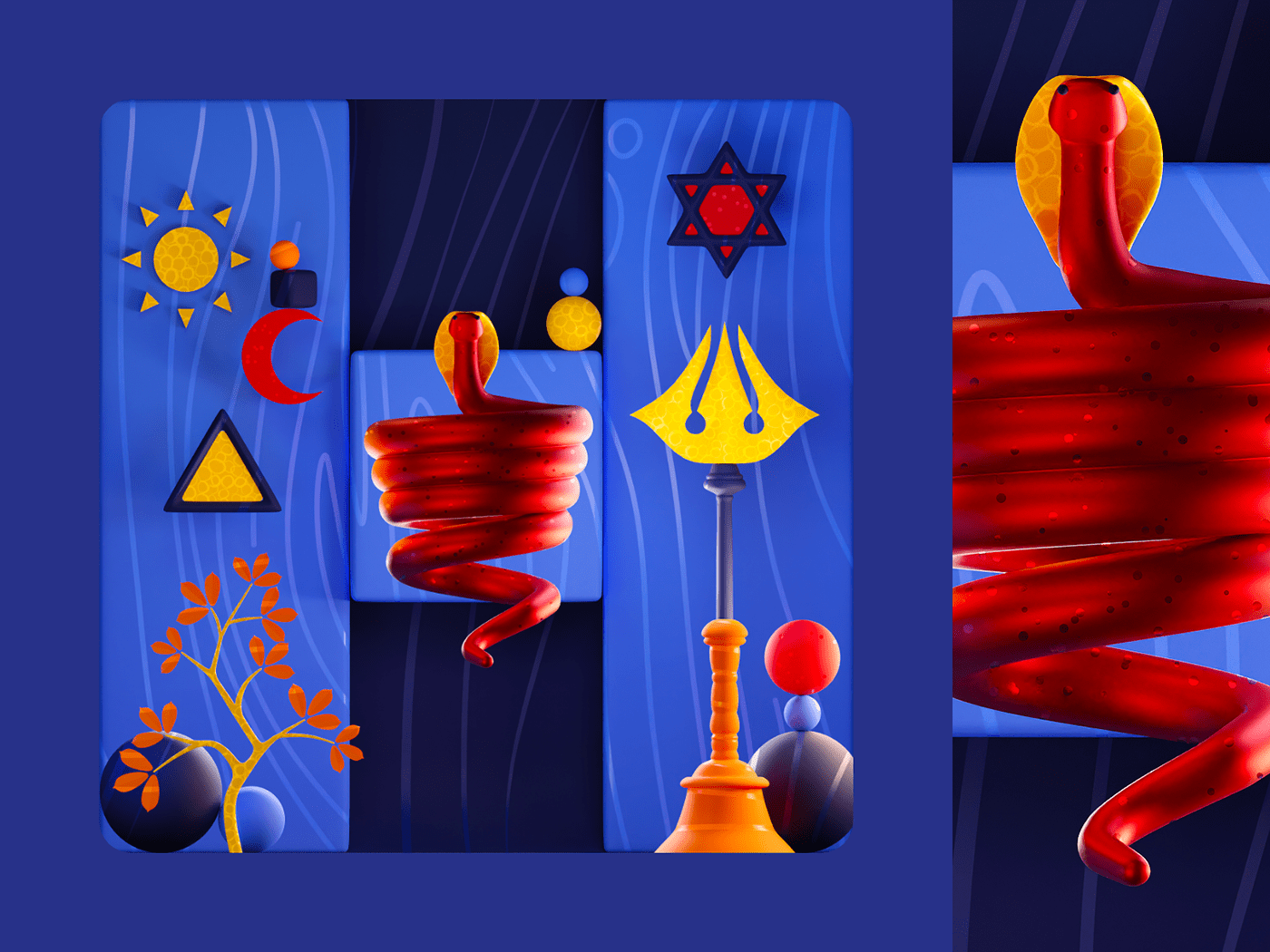
— Hinduism • Largest Religion — by @mrglissi
»Hinduism is an Indian religion and dharma, or way of life. It is the world's third-largest religion, with over 1.2 billion followers, or 15–16% of the global population, known as Hindus.«
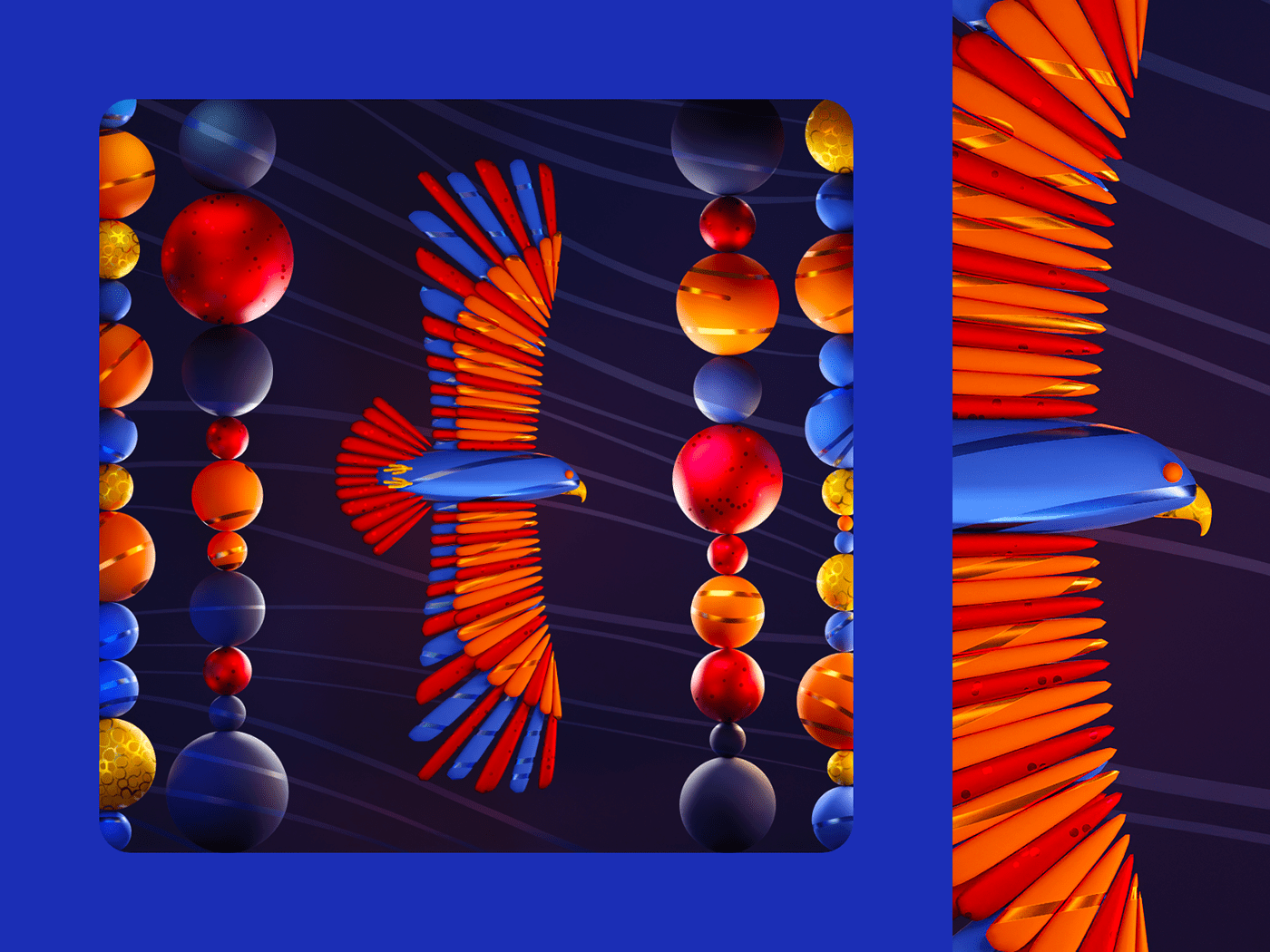
— Indian Eagle • National Heritage Bird — by @mrglissi
»The Indian spotted eagle (Clanga hastata) is a large bird of prey native to South Asia. Like all typical eagles, it belongs to the family Accipitridae.«

— Jana Gana Mana • National Anthem — by @mrglissi
»"Jana Gana Mana" (hi. जन गण मन) is the title for the national anthem of India. The original words were written in the Bengali language. It was originally a five-verse poem created in 1911 by Rabindranath Tagore—the same author for the Bangladeshi anthem.«
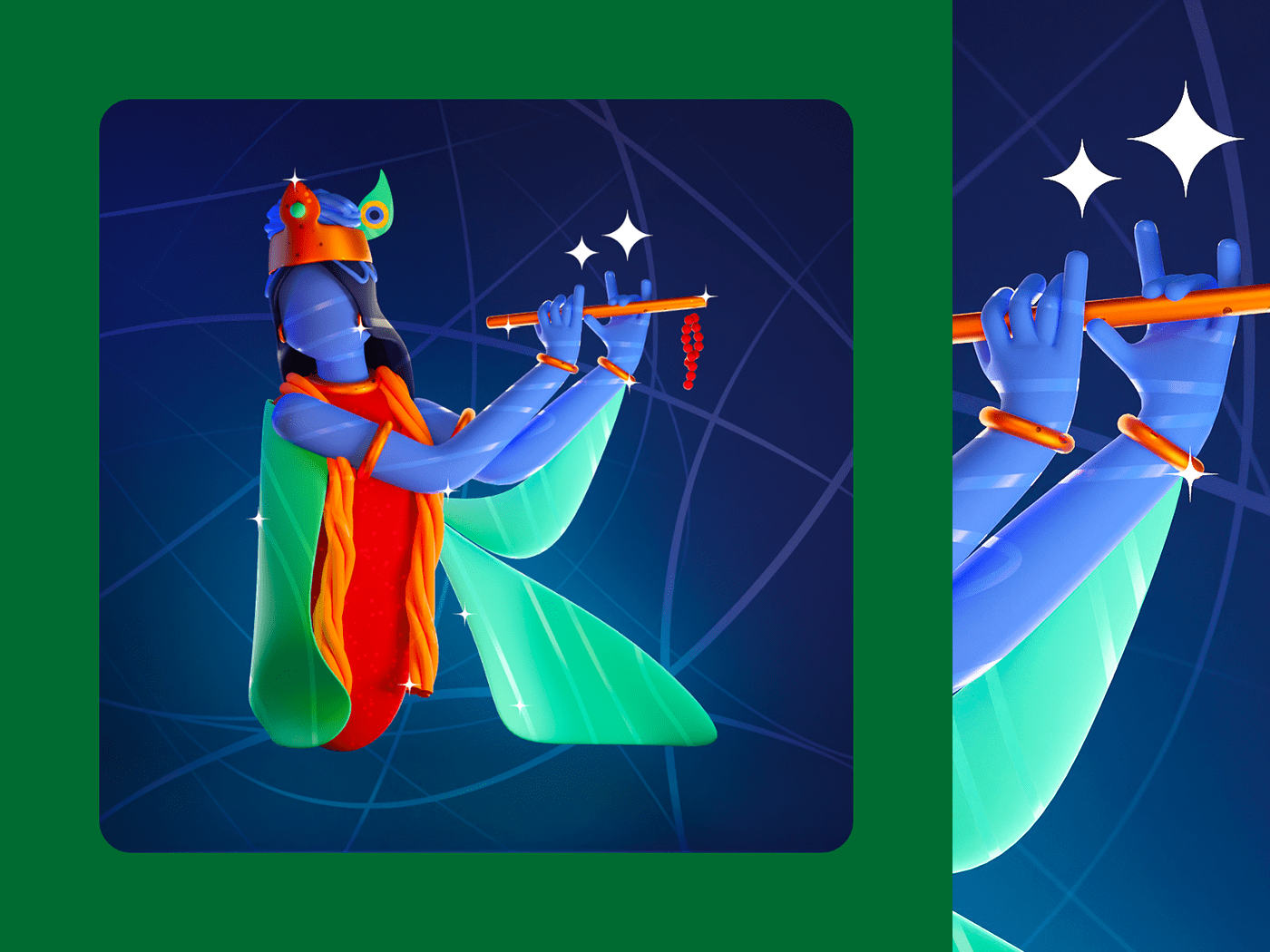
— Krishna • Major Deity — by @mrglissi
»Krishna (/ˈkrɪʃnə/, pronounced [ˈkr̩ʂɳɐ]; Sanskrit: कृष्ण) is a major deity in Hinduism. He is worshipped as the eighth avatar of Vishnu and also as the supreme God in his own right. He is the god of protection, compassion, tenderness, and love and is one of the most popular and widely revered among Indian divinities.«

As you might know, India has a lot of different languages (around 450) which is exactly the reason, why most of them are missing in this rendering. 😁✌️
From top to bottom on the left side:
বাংলা — Bengali
ਪੰਜਾਬੀ — Punjabi
தமிழ் — Tamil
ಕನ್ನಡ — Kannada
বাংলা — Bengali
ਪੰਜਾਬੀ — Punjabi
தமிழ் — Tamil
ಕನ್ನಡ — Kannada
Right side:
हिन्दी — Hindi (you've seen it in a lot of other posts)
മലയാളം — Malayalam
हिन्दी — Hindi (you've seen it in a lot of other posts)
മലയാളം — Malayalam

— Mango (Tree) • National fruit — by @mrglissi
»A mango is an edible stone fruit produced by the tropical tree Mangifera indica which is believed to have originated from the region between northwestern Myanmar, Bangladesh, and northeastern India. M. indica has been cultivated in South and Southeast Asia since ancient times resulting in two distinct types of modern mango cultivars: the "Indian type" and the "Southeast Asian type".«

— New Delhi • India Gate — by @mrglissi
»New Delhi is the capital of India and a part of the National Capital Territory of Delhi (NCT).«
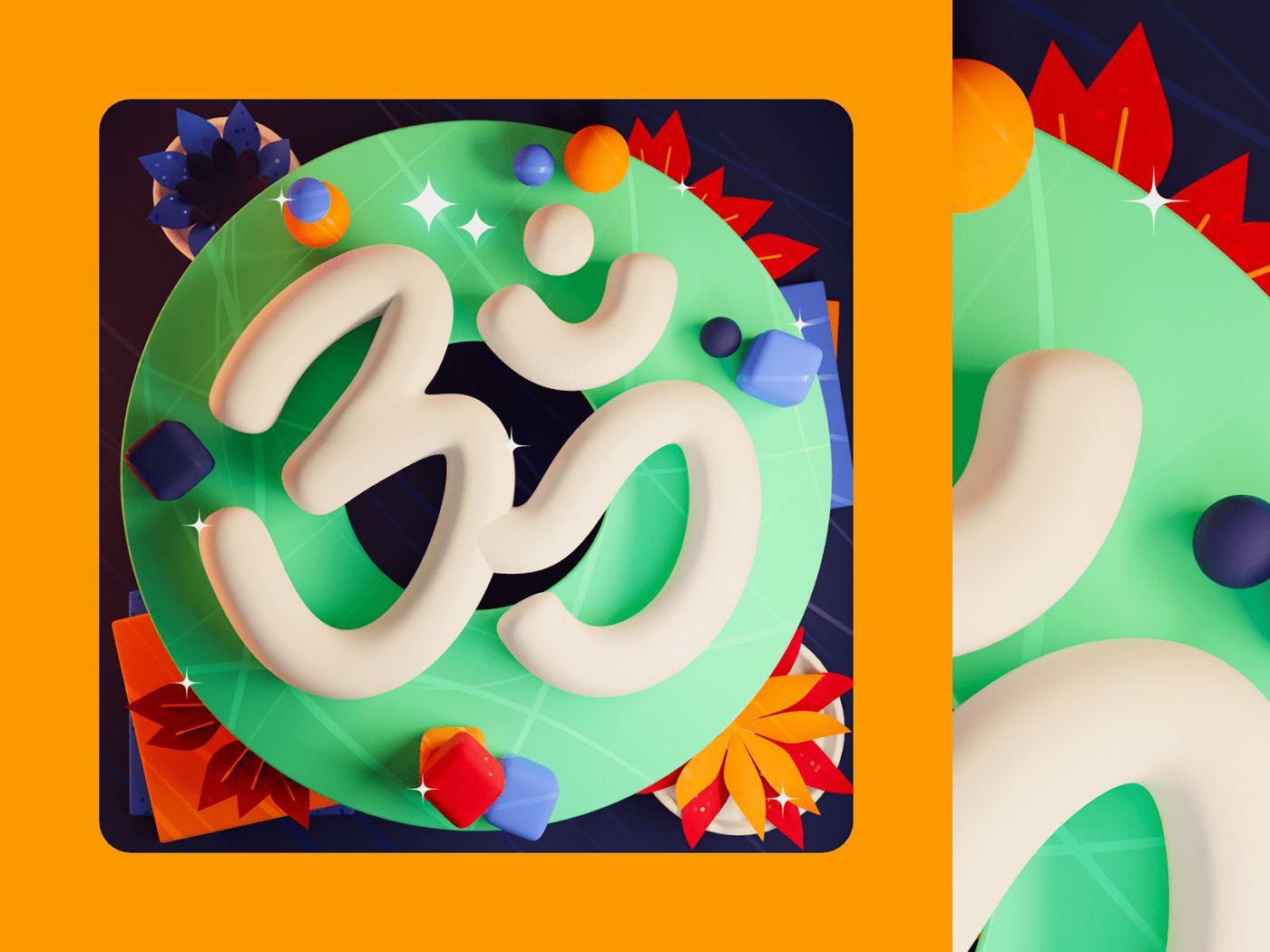
— Ōṃ • ॐ — by @mrglissi
»Om (or Aum) (Sanskrit: ॐ, ओम्, romanized: Ōṃ) is the sound of a sacred spiritual symbol in Indic religions.«

— Peacock • National Bird — by @mrglissi
»Peafowl is a common name for three bird species in the genera Pavo and Afropavo within the tribe Pavonini of the family Phasianidae, the pheasants and their allies. Male peafowl are referred to as peacocks, and female peafowl are referred to as peahens, even though peafowl of either sex are often referred to colloquially as "peacocks".«

— Qutb Minar — by @mrglissi
»The Qutub Minar, also spelled as Qutb Minar and Qutab Minar, is a minaret and "victory tower" that forms part of the Qutb complex, which lies at the site of Delhi’s oldest fortified city, Lal Kot, founded by the Tomar Rajputs.«

— River • Ganges — by @mrglissi
»The Ganges (/ˈɡændʒiːz/) (in India: Ganga (/ˈɡʌŋɡə/); in Bangladesh: Padma (/ˈpʌdmə/)) is a trans-boundary river of Asia which flows through India and Bangladesh.[...]
The Ganges is threatened by severe pollution. This poses a danger not only to humans but also to animals. The levels of fecal coliform bacteria from human waste in the river near Varanasi are more than a hundred times the Indian government's official limit.«
The Ganges is threatened by severe pollution. This poses a danger not only to humans but also to animals. The levels of fecal coliform bacteria from human waste in the river near Varanasi are more than a hundred times the Indian government's official limit.«

— Sports • Cricket — by @mrglissi
»Cricket is the most popular sport in India. Major domestic competitions include the Indian Premier League, which is the most-watched cricket league in the world and ranks sixth among all sports leagues.«

— National Animal • Tiger — by @mrglissi
»The tiger (Panthera tigris) is the largest living cat species and a member of the genus Panthera. It is most recognisable for its dark vertical stripes on orange fur with a white underside.«
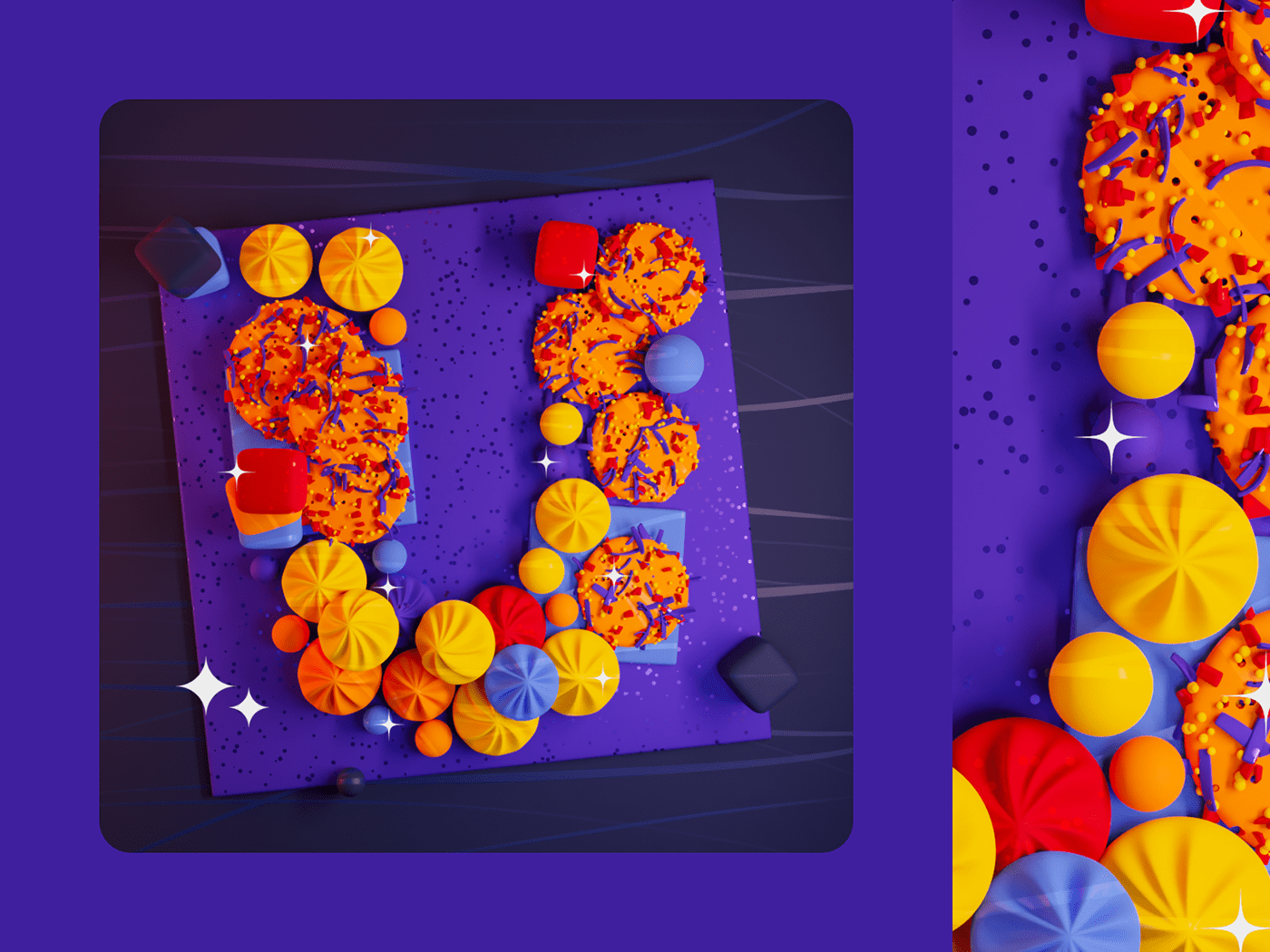
— Uttapam & Ukadiche Modak • Food — by @mrglissi
»An uttapam (or uthapam, uttappam, etc.) is a type of dosa from South India. Unlike a typical dosa, which is crisp and crepe-like, an uttapam is thicker, with toppings.«
»Modak is an Indian sweet dumpling dish popular in many Indian states and cultures. The steamed modak ('ukadiche' in Marathi) is made of coconuts and sugar/jaggery. This variation is especially prepared during the Ganesh Festival. They are hand-made and cooked in a steamer. They are perishable and need to be consumed immediately.«

»Vishram Ghat is a ghat, a bath and worship place, on the banks of river Yamuna in Mathura, India. The traditional parikrama starts and ends at Vishram Ghat. Krishna is said to have rested at this place after killing Kamsa.«
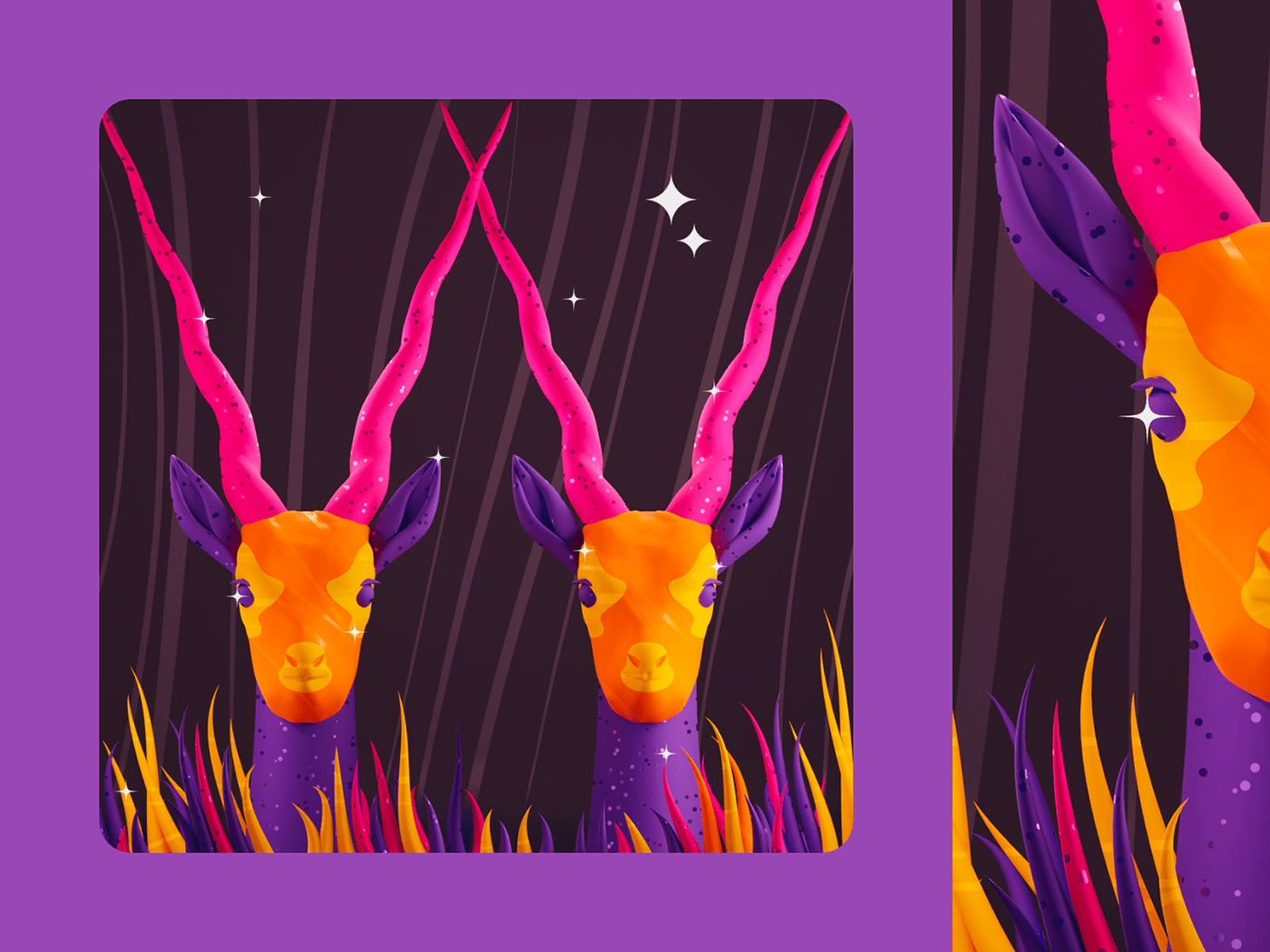
»The blackbuck (Antilope cervicapra), also known as the Indian antelope, is an antelope native to India and Nepal. It inhabits grassy plains and lightly forested areas with perennial water sources.«
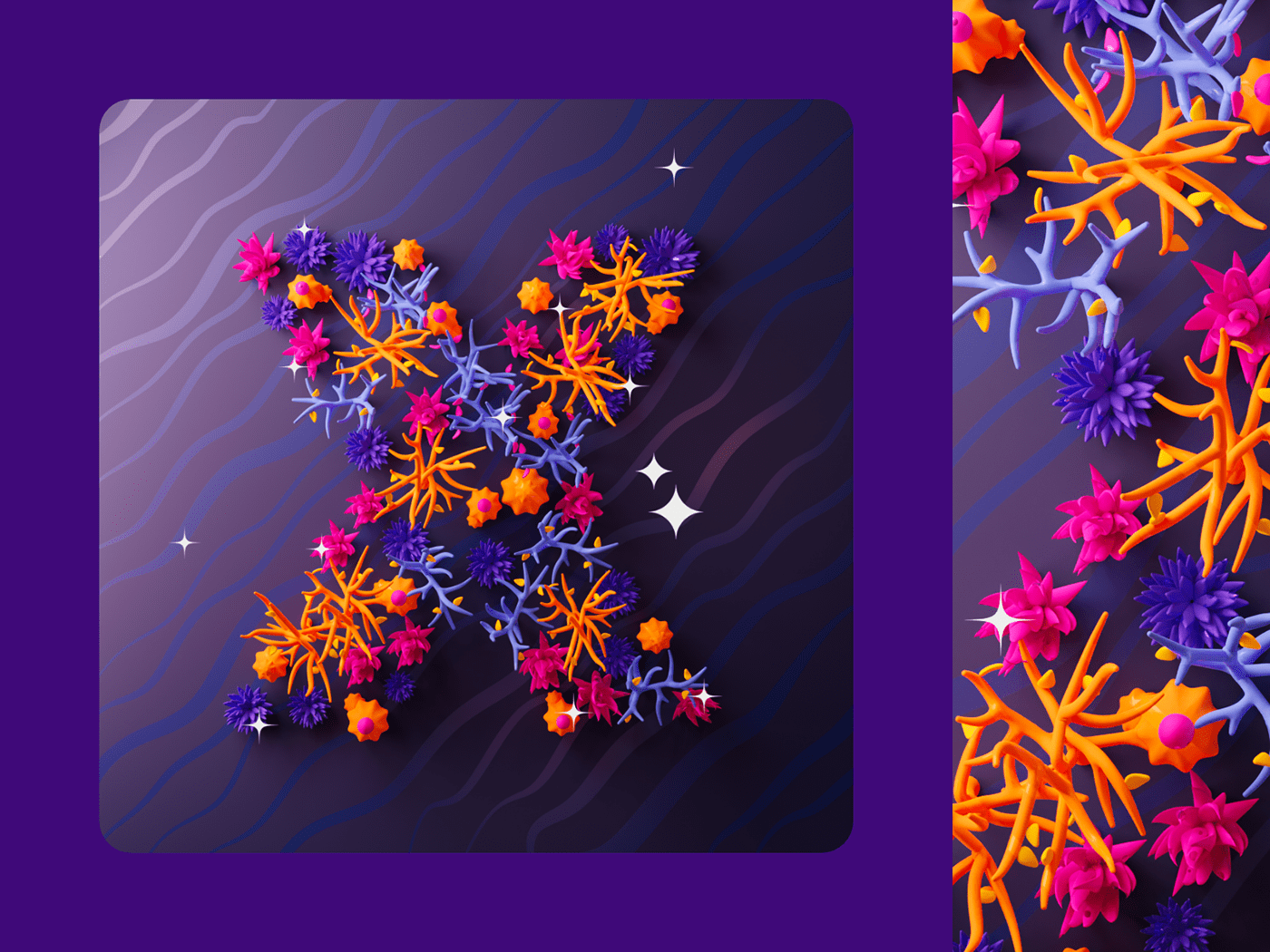
»India has two natural zones of thorn forest, one in the Deccan Plateau, immediately east of the Western Ghats, and the other in the western part of the Indo-Gangetic plain, now turned into rich agricultural land by irrigation, its features no longer visible.«

»Yamunotri, also Jamnotri, is the source of the Yamuna River and the seat of the Goddess Yamuna in Hinduism. It is situated at an altitude of 3,293 metres in the Garhwal Himalayas and located approximately 150 kilometers North of Uttarkashi.«
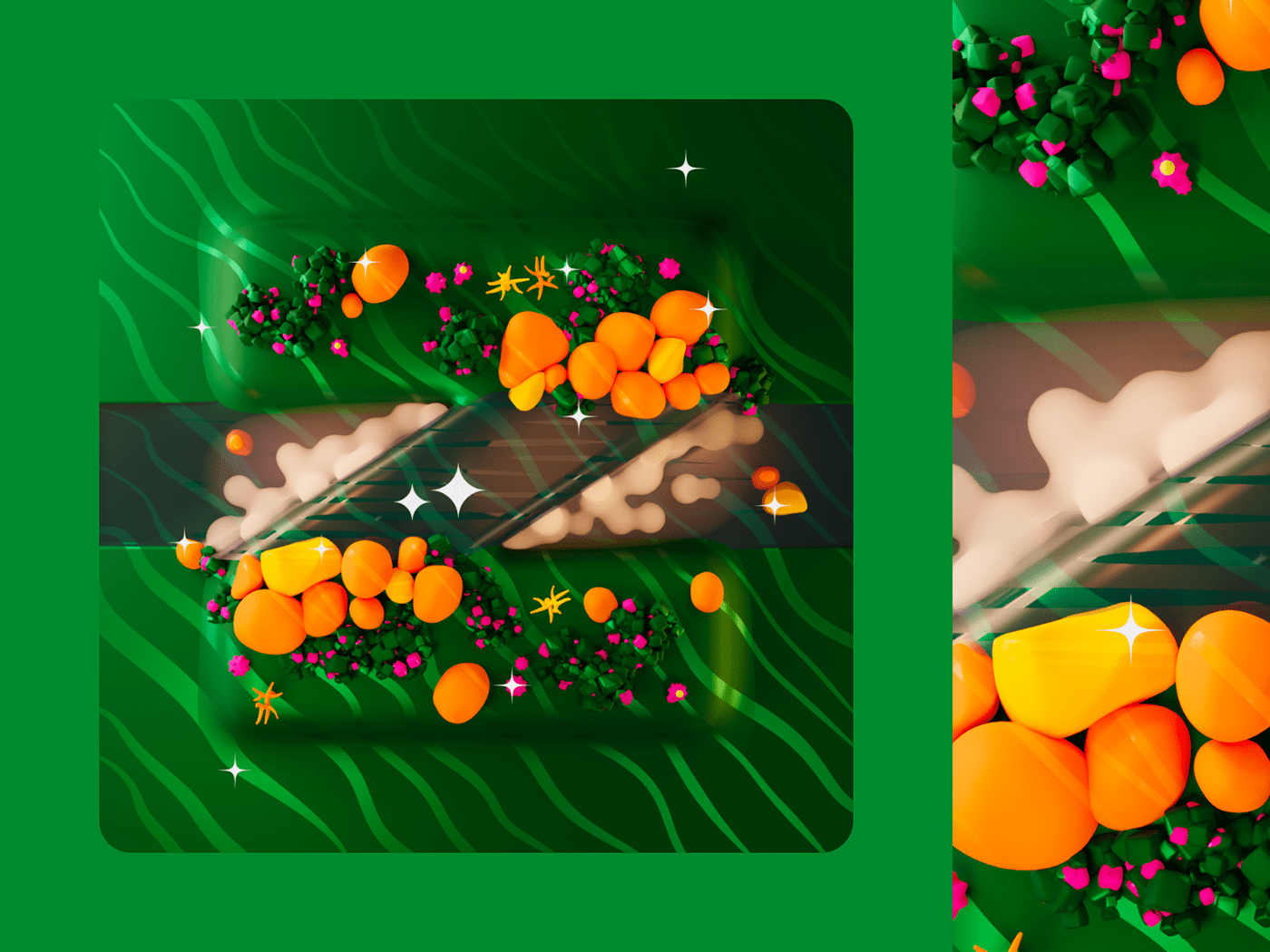
»The large Deccan Plateau of the Indian Subcontinent is located between the Western Ghats and the Eastern Ghats, and is loosely defined as the peninsular region between these ranges that is south of the Narmada river. To the north, it is bounded by the Satpura and Vindhya Ranges.«
